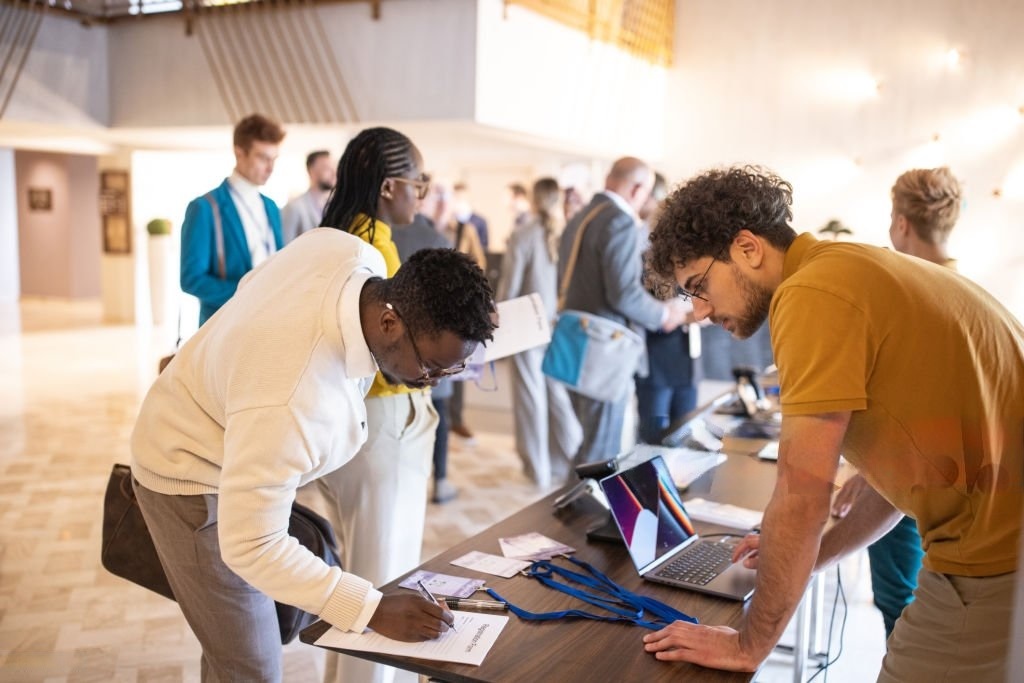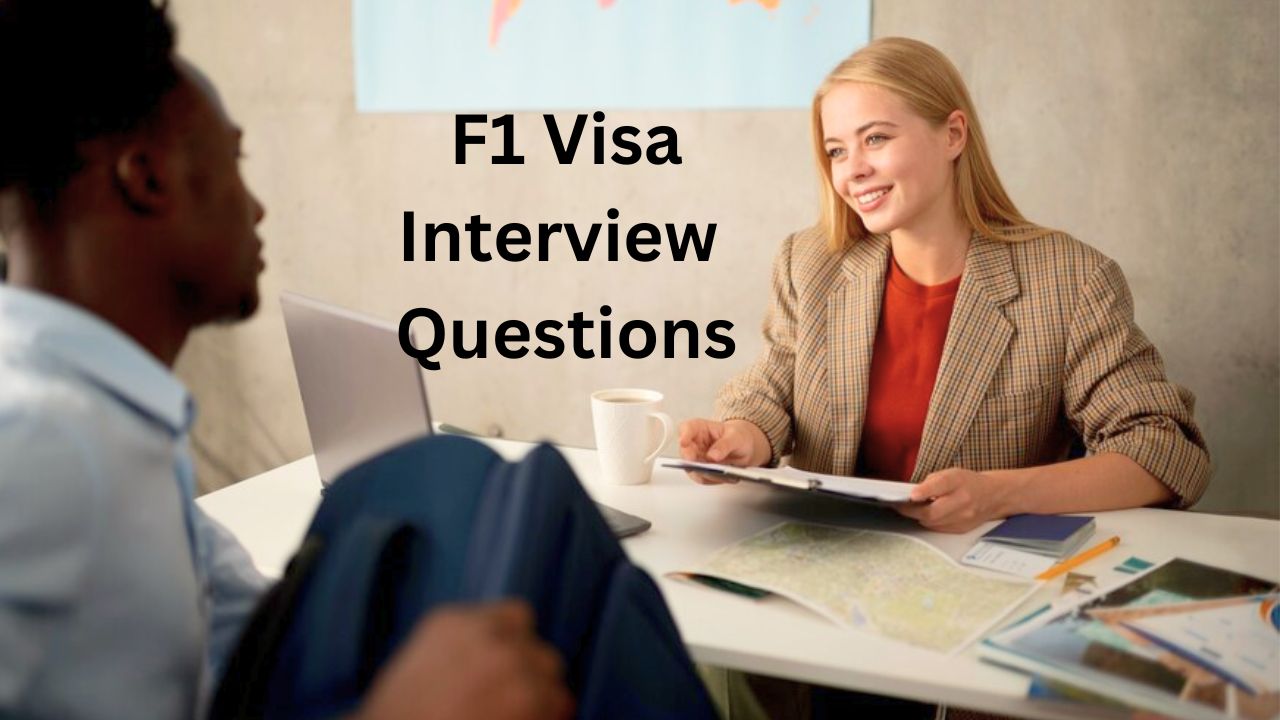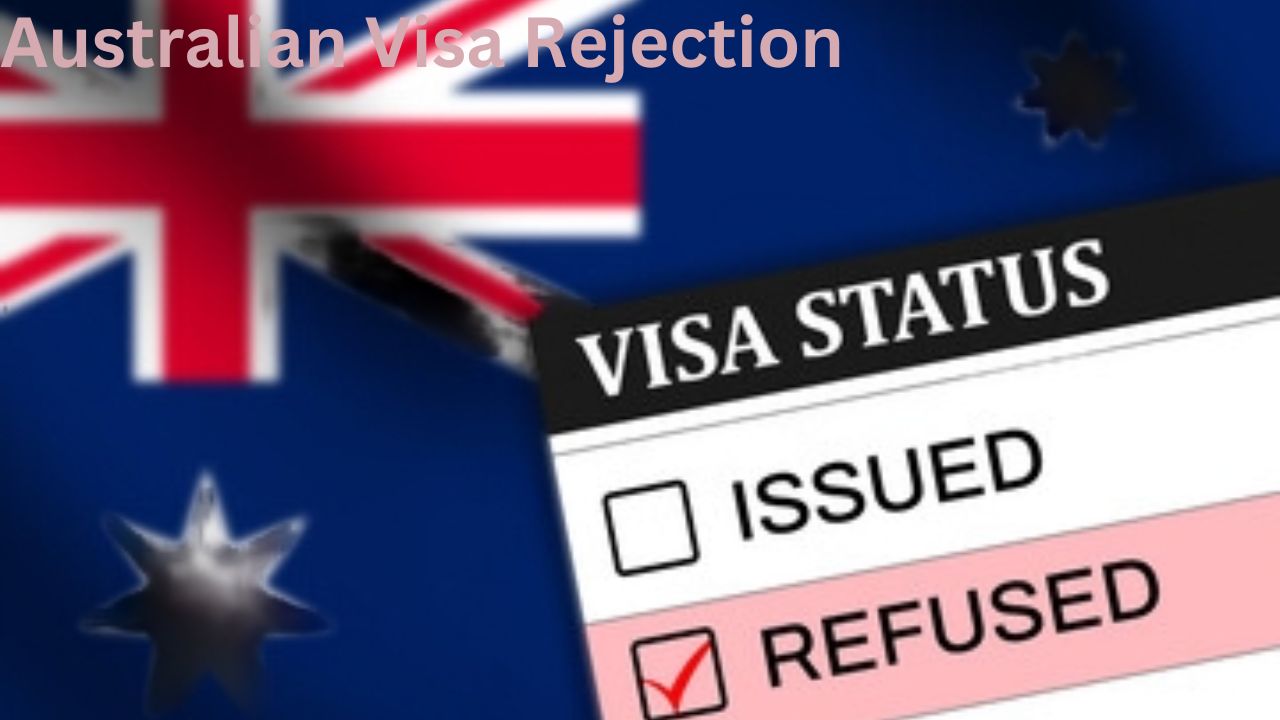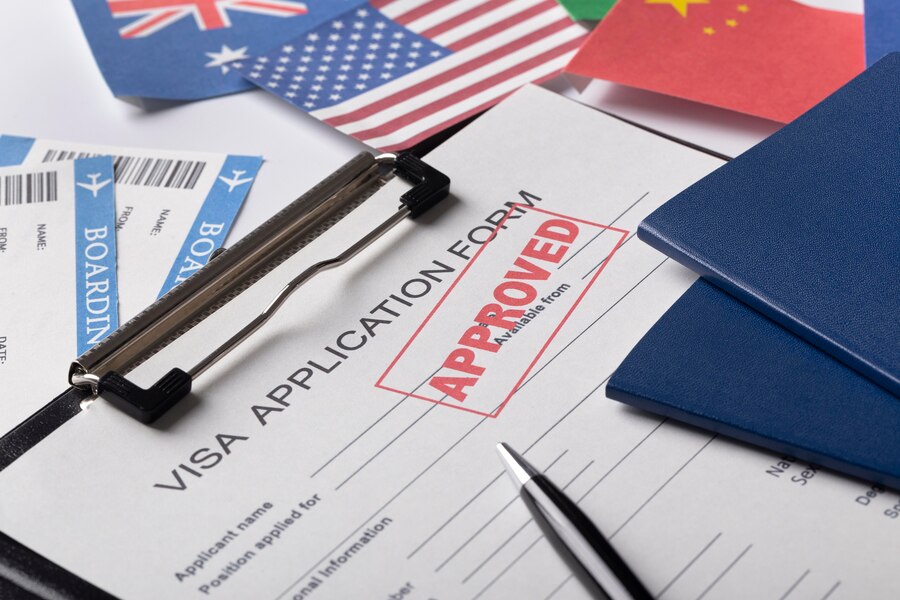Have you ever thought about how US visa officials make the crucial decision to grant or deny a visa application? Understanding the key factors that influence visa decisions can help you improve your chances of getting your visa approved. In this article, we will explain in detail the US visa decision factors and give you some tips on how to go through the visa application process.
The application procedure for a US visa usually consists of several stages. Firstly, applicants need to choose a suitable visa category depending on the purpose of travel, say tourism, business, study, or work.
After choosing the visa category, the next thing is to fill out an online visa application form (DS-160) as well as pay the required US visa fee (the fee varies depending on the visa type).
In addition, applicants need to make an appointment for an interview at an embassy or a consulate. In the course of this application process, documents such as a valid passport, a photo, and evidence that supports the visa category are required.
During the interview, the consular officer evaluates the eligibility of the applicant, home ties, proof of funds, travel history, etc.
When the visa is approved, the visa sticker is affixed to the passport, which enables the holder to enter the United States within a specified period. If denied, applicants receive a letter stating the reason for refusal, allowing them a chance to reapply if need be.
US visa decision factors considered by visa officers
1. Purpose of Travel
One of the most important US visa decision factors on which you need to focus a lot is the purpose of travel. The reason for traveling is an invaluable part that visa officers always look into when evaluating visa applications.
VOs verifies that the purpose of the applicant’s visit matches the visa category they are applying for, whether it is for tourism, business, study, or work.
As far as the visa application is concerned, they pay attention to the applicant’s detailed itinerary and do a thorough job of examining their reasons for traveling to the United States. Supporting documents like invitation letters, conferences, or enrollment letters are very crucial for applicants to provide.
Visa officers make sure that the purpose of your visit is the main reason why you are applying for a visa. Besides, officers assess if the purpose of such travel shows that it is likely to go against the visa conditions.
2. Home Ties
One of the commonly thought-about factors addressed by visa officers while considering an application is the individual’s ties to their home country. Visa officers want to make sure you have strong enough bonds to your home country, e.g., a stable job, a property, or some members of your family or financial commitments.
This shows that the candidate has a real interest in going back to their home country after the visit and is less likely to extend the visa.
Applicants need to offer proof that they are connected to their country for their visa application to be approved so that they have a greater chance of being accepted.
For instance, if you are married with four kids and decide to travel just with two kids, the visa officer might approve your visa. The rationale behind this is that, you cannot abandon your other kids.
This display is enough to show that you will return home after the valid period of your visa elapses. So, if you are wondering how the embassy gets its decisions right, this is one way!
3. Proof of Funds
Depending on the type of visa, it is among the US visa decision factors the embassy look into. To apply for a US visa, applicants are expected to have a certain amount of money that should cover their expenses when they arrive in the USA.
Visa officers want the applicant to prove that they have enough cash to last for their entire stay in the country and will not become a burden to the state.
They investigate if an applicant has a source of stable income, savings, and assets to assess the applicant’s ability to pay for the trip.
Presenting bank statements, work payslips, and other financial documents can be a strong document that shows that the applicant has financial support.
Normally, visa applicants are required to present a recent bank statement for the last 3–6 months. With this, the VO checks the inflow and outflow, just to monitor your financial situation.
It is essential for the applicant to be honest about his or her financial status and to stand solid financially to increase the chances of his or her visa being approved. Do not try to stalk in excess cash, this won’t be necessary. Rather, start on time to build up your bank statement for travel.
4. Travel History
Travel history, one of the leading US visa decision factors, is what visa officers leverage to decide whether to approve or reject an applicant’s visa application. A powerful travel history would show that the applicant is not a first-time traveler.
If you have an Australian or Canadian visa stamp on your passport, it is almost impossible for a visa officer not to approve your US visa.
Although some people tend to be lucky and have their visas approved on a fresh passport, this is an exceptional case that ignores the fact that it is almost impossible to get a visiting US visa approved, especially when applying from a third-world country.
With that in mind, the consular officer will make a decision: accept or reject an application. The consular officer is likely to consider the number of trips made, destinations visited, duration of stays, and any past issues with visa refusals or overstays.
Funny enough, you might have a travel history; however, not all countries can boost your visa approval chances. The United States embassy, would consider visa applicants who have traveled to countries like Canada, New Zealand, the United Kingdom, Germany, the Netherlands, to countries such as the UAE, Asia, or East Africa.
5. Interview Performance
The visa officer uses different metrics to decide whether to approve or deny a visa. One way is through your visa interview.
Before you apply for a US visa, you should learn some of the frequently asked visa interview questions.
For example:
- Why are you going to the United States?
- How long do you intend to stay in the US?
- Why the US and not another country?
- Do you have relatives in the United States?
- Do you intend to stay back and work before you return to your home country?
These questions seem simple; however, effective communication, honesty, and consistency in providing the needed information are crucial. In addition, officers review the applicant’s appearance, body language, and general presentation to assess if the applicant is genuine.
So, discrepancies, vague statements, or the absence of preparation may trigger doubts regarding the officer’s decision on whether to approve the visa application.
How to apply for a US visa

- Know Your Visa Type
- Complete the online application.
- Pay your visa fee.
- Schedule an appointment at the US embassy or consulate.
- Attend the interview.
- Track or collect your passport.
1. Know your visa type
There are different types of US visas. It is important that you know the type you need before downloading the online application form. If you are not sure, contact the US embassy in your country.
There are several steps to applying for a visa. The order of these steps and how you complete them may vary by U.S. Embassy or Consulate. Please consult the instructions on the U.S. Embassy or Consulate website.
2. Complete the online visa application
Online Nonimmigrant Visa Application, Form DS-160 Learn more about completing the DS-160. You must:
1) complete the online visa application, and
2) print the application form confirmation page to bring to your interview.
Photo: You will upload your photo while completing the online Form DS-160. Your photo must be in the format explained in the Photograph Requirements.
3. Pay the visa fee
Every visa applicant must pay the visa application processing fee for the visa category being applied for unless the application fee is not required, as listed here.
4. Schedule an interview
Interviews are required for visa applicants, with certain limited exceptions. Consular officers may require an interview with any visa applicant. You should schedule an appointment for your visa interview at the U.S. Embassy or Consulate in the country where you live.
5. Attend the interview
When you schedule an interview, take the reference or receipt to the embassy. At the embassy, the visa officer will request for it and other supporting documents before proceeding with the interview segment.
6. Track your passport
You can use this to track the delivery of your passport online by signing into your account at: https://ais.usvisa-info.com/en-gb/iv.
Entering the United States
A visa allows a foreign citizen to travel to a U.S. port-of-entry (generally an airport) and request permission to enter the United States. A visa does not guarantee entry into the United States.
The Department of Homeland Security (DHS) and U.S. Customs and Border Protection (CBP) officials at the port of entry have the authority to permit or deny admission to the United States.
If you are allowed to enter the United States, the CBP official will provide an admission stamp or a paper Form I-94, Arrival/Departure Record. Non-immigrant Visa
Read also: Avoiding Wahala at US Border: Lessons from Abdullah’s Story
US visa decision factors: Appealing for a visa refusal
When you go for a visa interview at a U.S. embassy or consulate, a consular officer decides if they will accept or deny your application. If they deny your application, you have the right to appeal.
How to appeal
If denied a visa, in most cases, the applicant is notified of the section of law that applies. Visa applicants are also advised by the consular officer if they may apply for a waiver of their ineligibility.
Several of the most common reasons for visa ineligibilities are explained below. For more information, review the visa ineligibilities in the Immigration and Nationality Act (INA).
After being found ineligible for a visa, you may reapply in the future. If you reapply for a visa after being found ineligible, except for 221(g) refusals, you must submit a new visa application and pay the visa application fee again.
If you were found ineligible under Section 214(b) of the INA, you should be able to present evidence of significant changes in circumstances since your last application. See more information below under INA Section 214(b).
Conclusion
The US visa decision-making process is complex, and you need to be careful when preparing your US visa application.
Now you know some of the US visa decision factors. These factors are ways USA visa officers decide whether to accept or reject a visa application.







Pingback:
Pingback:
Pingback: